Convention on the Conservation of Migratory Species of Wild Animals
The Convention on the Conservation of Migratory Species of Wild Animals, also known as the Convention on Migratory Species (CMS) or the Bonn Convention, is an international agreement that aims to conserve migratory species throughout their ranges.[1] The agreement was signed under the auspices of the United Nations Environment Programme and is concerned with conservation of wildlife and habitats on a global scale.[2]
Signed in 1979 in Bonn, West Germany, the convention entered into force in 1983. As of September 2020, there are 131 Member States to the convention. The depositary is the Government of the Federal Republic of Germany.
The CMS is the only global, and United Nations-based, intergovernmental organization established exclusively for the conservation and management of terrestrial, aquatic and avian migratory species. The CMS, and its daughter agreements, determine policy and provide further guidance on specific issues through their strategic plans, action plans, resolutions, decisions and guidelines.
Fundamental principles
Fundamental Principles of the convention are set out in Article 2. The parties acknowledge the importance of migratory species being conserved and of range states agreeing to take action to this end "whenever possible and appropriate", "paying special attention to migratory species the conservation status of which is unfavourable and taking individually or in cooperation appropriate and necessary steps to conserve such species and their habitat." Further in Article 2(2) The parties "acknowledge" [but do not commit in stronger language, cf Art 2(3) "shall"] "the need to take action to avoid any migratory species becoming endangered".[2]
Article 2(3) of the convention states that
the parties:
(a) Should promote, cooperate in and support research relating to migratory species;
(b) Shall endeavour to provide immediate protection for migratory species included in Appendix I; and
(c) Shall endeavour to conclude AGREEMENTS covering the conservation and management of migratory species included in Appendix II.
Parties to the convention

States parties
The following are all parties to the convention, as of 1 January 2021:[3][4]
Sovereign states
 Afghanistan
Afghanistan Albania
Albania Algeria
Algeria Angola
Angola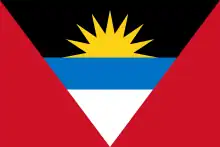 Antigua and Barbuda
Antigua and Barbuda Argentina
Argentina Armenia
Armenia.svg.png.webp) Australia
Australia Austria
Austria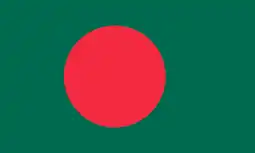 Bangladesh
Bangladesh Belarus
Belarus.svg.png.webp) Belgium
Belgium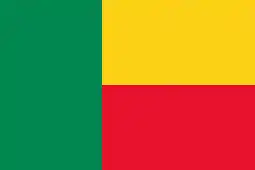 Benin
Benin.svg.png.webp) Bolivia (Plurinational State of)
Bolivia (Plurinational State of) Bosnia and Herzegovina
Bosnia and Herzegovina Brazil
Brazil Bulgaria
Bulgaria Burkina Faso
Burkina Faso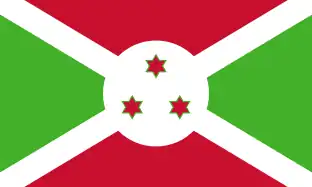 Burundi
Burundi Cabo Verde
Cabo Verde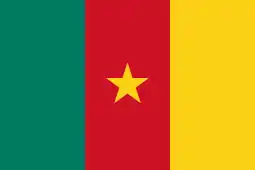 Cameroon
Cameroon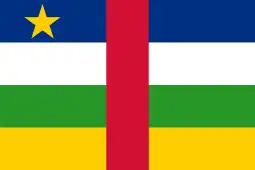 Central African Republic
Central African Republic Chad
Chad Chile
Chile Congo
Congo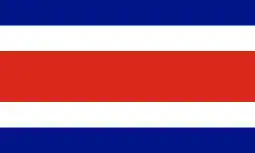 Costa Rica
Costa Rica Côte d'Ivoire
Côte d'Ivoire Croatia
Croatia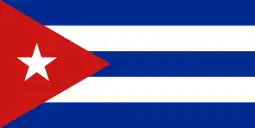 Cuba
Cuba Cyprus
Cyprus Czech Republic
Czech Republic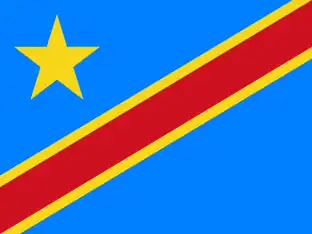 DR Congo
DR Congo Denmark
Denmark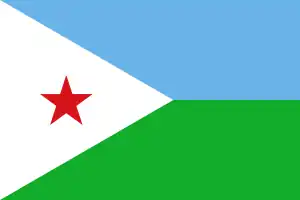 Djibouti
Djibouti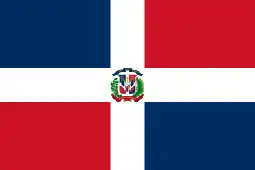 Dominican Republic
Dominican Republic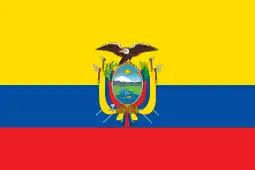 Ecuador
Ecuador Egypt
Egypt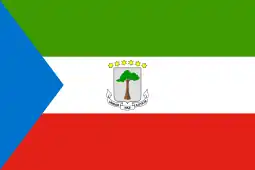 Equatorial Guinea
Equatorial Guinea Eritrea
Eritrea Estonia
Estonia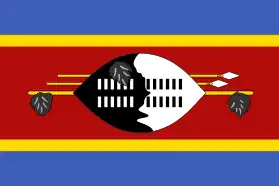 Eswatini
Eswatini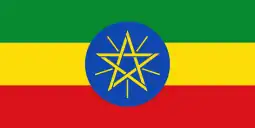 Ethiopia
Ethiopia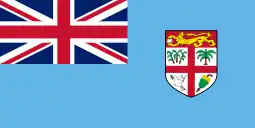 Fiji
Fiji Finland
Finland France
France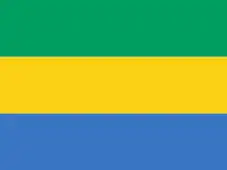 Gabon
Gabon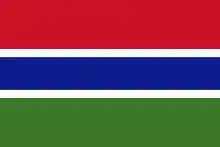 Gambia (Republic of The)
Gambia (Republic of The) Georgia
Georgia Germany
Germany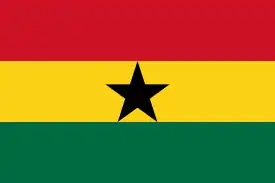 Ghana
Ghana Greece
Greece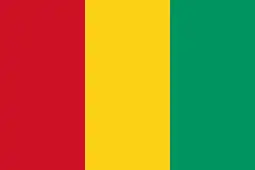 Guinea
Guinea Guinea-Bissau
Guinea-Bissau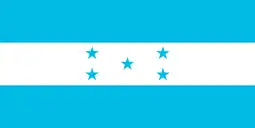 Honduras
Honduras Hungary
Hungary India
India Iran (Islamic Republic of)
Iran (Islamic Republic of) Iraq
Iraq Ireland
Ireland Israel
Israel Italy
Italy Jordan
Jordan Kazakhstan
Kazakhstan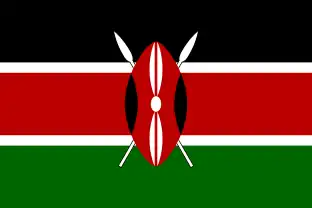 Kenya
Kenya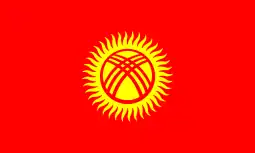 Kyrgyzstan
Kyrgyzstan Latvia
Latvia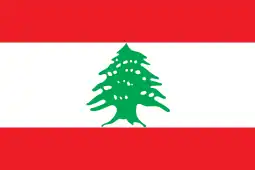 Lebanon
Lebanon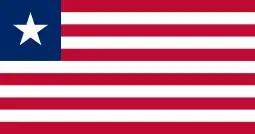 Liberia
Liberia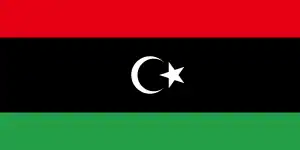 Libya
Libya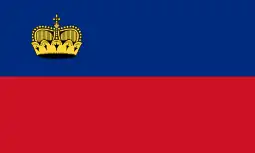 Liechtenstein
Liechtenstein Lithuania
Lithuania Luxembourg
Luxembourg Madagascar
Madagascar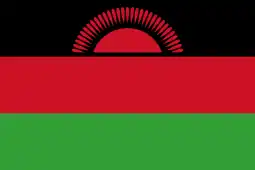 Malawi
Malawi Maldives
Maldives Mali
Mali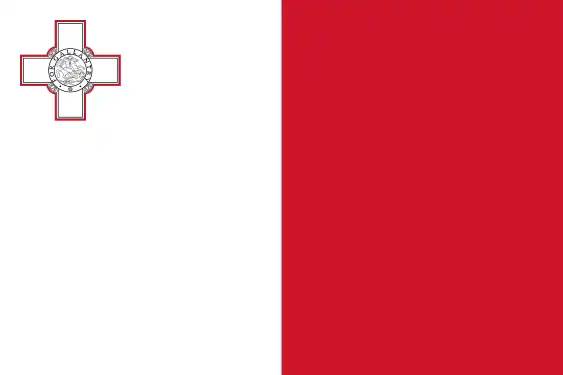 Malta
Malta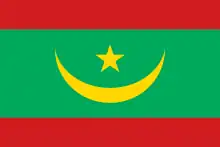 Mauritania
Mauritania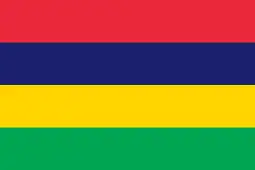 Mauritius
Mauritius Monaco
Monaco Mongolia
Mongolia Montenegro
Montenegro Morocco
Morocco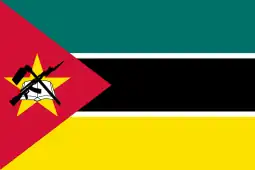 Mozambique
Mozambique Netherlands
Netherlands New Zealand
New Zealand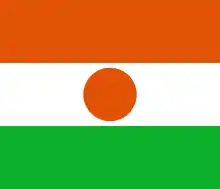 Niger
Niger Nigeria
Nigeria North Macedonia
North Macedonia Norway
Norway Pakistan
Pakistan Palau
Palau Panama
Panama Paraguay
Paraguay Peru
Peru Philippines
Philippines Poland
Poland Portugal
Portugal Republic of Moldova
Republic of Moldova Romania
Romania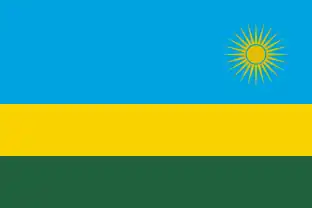 Rwanda
Rwanda Samoa
Samoa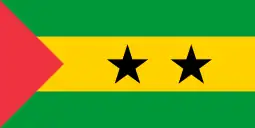 São Tomé and Príncipe
São Tomé and Príncipe Saudi Arabia
Saudi Arabia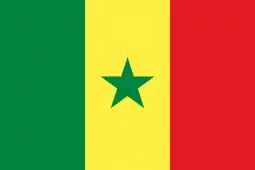 Senegal
Senegal Serbia
Serbia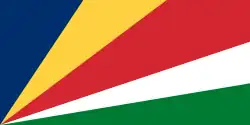 Seychelles
Seychelles Slovakia
Slovakia Slovenia
Slovenia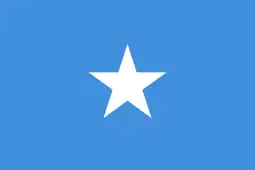 Somalia
Somalia South Africa
South Africa Spain
Spain Sri Lanka
Sri Lanka Sweden
Sweden.svg.png.webp) Switzerland
Switzerland Syrian Arab Republic
Syrian Arab Republic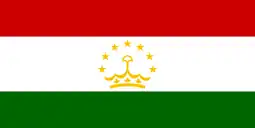 Tajikistan
Tajikistan Togo
Togo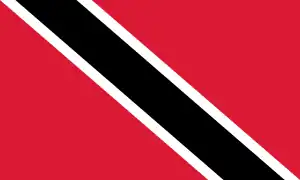 Trinidad and Tobago
Trinidad and Tobago Tunisia
Tunisia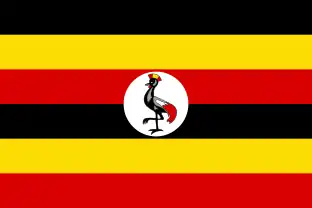 Uganda
Uganda Ukraine
Ukraine United Arab Emirates
United Arab Emirates United Kingdom of Great Britain and Northern Ireland
United Kingdom of Great Britain and Northern Ireland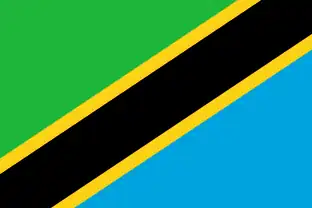 United Republic of Tanzania
United Republic of Tanzania Uruguay
Uruguay Uzbekistan
Uzbekistan Yemen
Yemen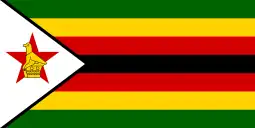 Zimbabwe
Zimbabwe
Other states/entities
Signed, but not ratified
Participating non-parties
The following, while not parties to the convention, are party to one or more of the agreements and/or have signed one or more of the MOUs:[3][4]
Sovereign states
 Azerbaijan
Azerbaijan Bahrain
Bahrain Botswana
Botswana China
China Colombia
Colombia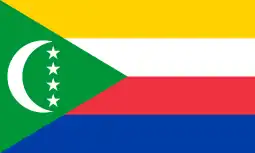 Comoros
Comoros Iceland
Iceland Indonesia
Indonesia Malaysia
Malaysia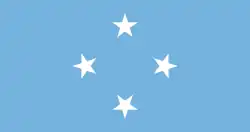 Micronesia (Federated States of)
Micronesia (Federated States of) Myanmar
Myanmar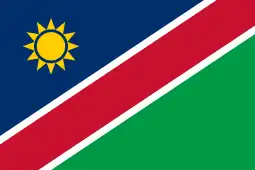 Namibia
Namibia Nauru
Nauru Nepal
Nepal Oman
Oman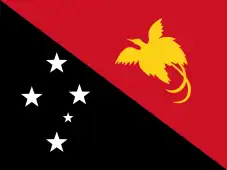 Papua New Guinea
Papua New Guinea Russian Federation
Russian Federation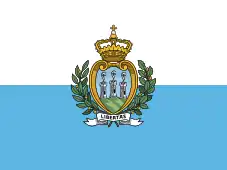 San Marino
San Marino Sierra Leone
Sierra Leone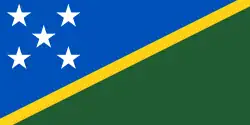 Solomon Islands
Solomon Islands Sudan
Sudan Thailand
Thailand Tonga
Tonga Turkey
Turkey Turkmenistan
Turkmenistan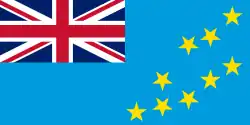 Tuvalu
Tuvalu United States of America
United States of America Vanuatu
Vanuatu Viet Nam
Viet Nam
Other states/entities
Species coverage
The CMS Family covers a great diversity of migratory species. The appendices of CMS include many mammals, including land mammals, marine mammals and bats; birds; fish; reptiles and one insect. Among the instruments, AEWA covers 254 species of birds that are ecologically dependent on wetlands for at least part of their annual cycle. EUROBATS covers 52 species of bat, the Memorandum of Understanding on the Conservation of Migratory Sharks seven species of shark, the IOSEA Marine Turtle MOU six species of marine turtle and the Raptors MoU 76 species of birds of prey.
Appendix I – Threatened migratory species
Migratory species threatened with extinction are listed on Appendix I of the convention, with relevant provisions outlined in Article III, paragraphs 4 and 5. Parties that are range states to Appendix I species are obliged to afford them strict protection. CMS parties strive towards strictly protecting these animals, conserving or restoring the places where they live, mitigating obstacles to migration and controlling other factors that might endanger them. Besides establishing obligations for each state joining the convention, CMS promotes concerted action among the range states of many of these species.
Appendix II – Migratory species requiring international cooperation
Migratory species that need or would significantly benefit from international co-operation are listed in Appendix II of the convention. These species, either individually or by taxonomic group, are the basis for establishing instruments – regional or global – under CMS. For this reason, the convention encourages the range states to conclude global or regional agreements.
CMS instruments
Agreements
The CMS acts as a framework convention and encourages its states parties to conclude global or regional agreements. Article V of the convention lays out what agreements agreed to under its auspices should include. These agreements are usually legally binding treaties that aim to "restore the migratory species concerned to a favorable conservation status or to maintain it in such a status." To date seven agreements have been signed, they are as follow:[5][6]
- Agreement on the Conservation of Albatrosses and Petrels (ACAP)
- Agreement on the Conservation of Cetaceans of the Black Sea, Mediterranean Sea and Contiguous Atlantic Area (ACCOBAMS)
- Agreement on the Conservation of African-Eurasian Migratory Waterbirds (AEWA)
- Agreement on the Conservation of Small Cetaceans of the Baltic, North East Atlantic, Irish and North Seas (ASCOBANS)
- Agreement on the Conservation of Populations of European Bats (EUROBATS)
- Agreement on the Conservation of Gorillas and their Habitats (Gorilla Agreement)
- Agreement on the Conservation of Seals in the Wadden Sea (Wadden Sea Seals)
Memoranda of understanding (MOU)
In addition, several memoranda of understanding (MOU) have also been concluded under the auspices of CMS. While not full agreements, these MOU still aim to conserve various migratory species. To date, 19 MOU have been signed. They are as follows:[7]
- Memorandum of Understanding concerning Conservation Measures for the Aquatic Warbler
- Memorandum of Understanding concerning Conservation Measures for Marine Turtles of the Atlantic Coast of Africa
- Memorandum of Understanding on the Conservation of Migratory Birds of Prey in Africa and Eurasia
- Memorandum of Understanding concerning Conservation and Restoration of the Bukhara Deer
- Memorandum of Understanding on the Conservation and Management of Dugongs and their Habitats throughout their Range
- Memorandum of Understanding on the Conservation of High Andean Flamingos and their Habitats
- Memorandum of Understanding on the Conservation and Management of Marine Turtles and their Habitats of the Indian Ocean and South-East Asia
- Memorandum of Understanding on the Conservation and Management of the Middle-European Population of the Great Bustard
- Memorandum of Understanding concerning Conservation Measures for the Eastern Atlantic Populations of the Mediterranean Monk Seal
- Memorandum of Understanding for the Conservation of Cetaceans and their Habitats in the Pacific Islands Region
- Memorandum of Understanding between the Republic of Argentine and the Republic of Chile on the Conservation of the Ruddy-headed Goose
- Memorandum of Understanding concerning Conservation, Restoration and Sustainable Use of the Saiga Antelope
- Memorandum of Understanding on the Conservation of Migratory Sharks
- Memorandum of Understanding concerning Conservation Measures for the Siberian Crane
- Memorandum of Understanding concerning Conservation Measures for the Slender-billed Curlew
- Memorandum of Understanding between the Argentine Republic and the Republic of Chile on the Conservation of the Southern Huemul
- Memorandum of Understanding on the Conservation of Southern South American Migratory Grassland Bird Species and their Habitats
- Memorandum of Understanding concerning Conservation Measures for the West African Populations of the African Elephant
- Memorandum of Understanding concerning the Conservation of the Manatee and Small Cetaceans of Western Africa and Macaronesia
Organizational structure
Conference of the Parties (COP)
The Conference of the Parties of the CMS acts as its principal decision-making body. It is composed of all states parties to the convention, as well as any observers that wish to participate in the proceedings of the conference. COPs are held at least every three years.[6][8]
The functions of the COP are enumerated in Article VII of the convention. At conferences, the states parties review the implementation of this convention, as well as approve all financial regulations of the convention.[6]
| Conference | Year | Dates | Location |
|---|---|---|---|
| COP 1 | 1985 | 21–26 October | |
| COP 2 | 1988 | 13–14 October | |
| COP 3 | 1991 | 9–13 September | |
| COP 4 | 1994 | 7–11 June | |
| COP 5 | 1997 | 10–16 April | |
| COP 6 | 1999 | 10–16 November | |
| COP 7 | 2002 | 18–24 September | |
| COP 8 | 2005 | 20–25 November | |
| COP 9 | 2008 | 1–5 December | |
| COP 10 | 2011 | 20–25 November | |
| COP 11 | 2014 | 4–9 November | |
| COP 12 | 2017 | 23–28 October | |
| COP 13 | 2020 | 15–22 February |
Standing committee (StC)
The Standing Committee is responsible for carrying out interim activities on behalf of the Conference of the Parties in between its meetings. The Committee meets at least once a year. It also usually meets immediately before and after any COPs.[10]
The functions of the Standing Committee were established by Resolution 1.1 of COP 1 in 1985. However, in 2008 at COP 9, the makeup of the Standing Committee was overhauled. Under Resolution 9.15 the composition of the committee, as well as its functions we updated. Its updated functions include:[10][11][12]
- To ensure that decisions of the COP are implemented
- To monitor the budget
- To make recommendations for consideration by the next COP
- To provide advice and guidance to the secretariat
- To represent the COP in negotiations with the Host Government and UNEP with regard to the secretariat
- To act as a bureau at the COP
- To undertake any other ad hoc task assigned to it by the COP.
The committee is composed of 15 members who are elected to serve three-year terms, or from the end of one COP until the end of the next. Alternate members are also selected. Under Resolution 9.15, the composition is as follows:[12]
- Three members from each of the geographic regions of Africa and Europe,
- Two members from each of the geographic regions of Asia and South and Central America and the Caribbean,
- One member from each of the geographic regions of North America and Oceania;
- The Depositary, and Host Government of the secretariat
- The Host Government of the next and previous meetings of the COP
| Region / Member | Members | Alternate Members |
|---|---|---|
| Africa | ||
| Asia | ||
| South and Central America and the Caribbean | ||
| Europe | ||
| North America | Vacant | |
| Oceania | ||
| Depositary | ||
| Host of COP 13 | ||
| Host of COP 14 | Vacant | |
Scientific Council (ScC)
The main objective of the Scientific Council is to provide advice on scientific matters to CMS bodies, as well as CMS states parties. The council makes recommendations to the COP issues such as research on migratory species, specific conservation and management measures, the inclusion of migratory species in the Appendices and designation of species for Concerted or Cooperative Actions under the convention.[6][13]
The functions of the Scientific Council are enumerated in Article VIII of the convention. However, it was not established until 1985 under Resolution 1.4 of COP 1. Each state party is entitled to appoint one qualified expert as a member of the Scientific Council, as well as one alternate scientific councillor. Additionally, the COP may also appoint to the council other experts to cover fields of particular interest to the convention.[6][13][14]
Sessional Committee
In 2014, at COP 11, a new sub-body of the Scientific Council was created via Resolution 11.4. This representative selection of the membership of the Scientific Council is called the Sessional Committee. It is composed of nine COP-appointed councillors, as well as fifteen party-appointed councillors (three from Africa; three from Asia; three from Europe; three from Oceania; three from South and Central America and the Caribbean).[13][15]
The Sessional Committee works during the intersessional period between two consecutive meetings of the COP, and is responsible for the implementation of the mandate assigned to the Scientific Council by the COP. All work done by the Sessional Committee is considered work of the Scientific Council.[13]
Secretariat
THE CMS secretariat acts as the convention's coordinating body. The CMS Secretariat is provided and administered by the United Nations Environment Programme.[16]
The functions of the secretariat are laid out in Article IX of the convention. They include: arranging for and servicing meetings of the COP, Scientific Council and Standing Committee, maintaining liaison between the states parties, disseminating information that furthers the objectives and implementation CMS, preparing COP reports, promote the conclusion of CMS Agreements, among other functions.[6][16]
The secretariat has been based in Bonn, Germany, since its creation, but was relocated to the United Nations Campus in Bonn in 1998. Additionally, since 2009, the secretariat also maintains an out-post office in Abu Dhabi, United Arab Emirates. The Abu Dhabi office oversees implementation of the MOU on the Conservation of Migratory Birds of Prey in Africa and Eurasia, and the MOU on the Conservation and Management of Dugongs and their Habitats throughout their range. The office is hosted by the Environment Agency – Abu Dhabi.[16][17]
The current executive secretary of the convention is Amy Fraenkel.[18]
Implementation
Reporting
Article 6(3) requires parties which are range states for migratory species listed in Appendix I or II to inform the CoP through the secretariat, at least six months prior to each ordinary meeting of the conference, on measures that they are taking to implement the convention for these species.
Domestic legislation
To varying degrees the Bonn Convention has been incorporated into domestic law by the parties.
See also
- Animal migration
- Highly migratory species
- Memorandum of Understanding on the Conservation of Migratory Birds of Prey in Africa and Eurasia (Raptors MoU)
- Memorandum of Understanding concerning Conservation Measures for the West African Populations of the African Elephant
- Memorandum of Understanding concerning Conservation Measures for the Aquatic Warbler
- Memorandum of Understanding concerning Conservation and Restoration of the Bukhara Deer
- Memorandum of Understanding for the Conservation of Cetaceans and Their Habitats in the Pacific Island Region
- Memorandum of Understanding on the Conservation and Management of Middle-European Populations of the Great Bustard
- Memorandum of Understanding on the Conservation of High Andean Flamingos and their Habitats
- Memorandum of Understanding concerning Conservation Measures for Marine Turtles of the Atlantic Coast of Africa
- Memorandum of Understanding concerning Conservation Measures for the Eastern Atlantic Populations of the Mediterranean Monk Seal
- Memorandum of Understanding concerning Conservation Measures for the Ruddy-headed Goose
- Memorandum of Understanding Concerning Conservation, Restoration and Sustainable Use of the Saiga Antelope
- Memorandum of Understanding on the Conservation of Southern South American Migratory Grassland Bird Species and Their Habitats
- Memorandum of Understanding Concerning Conservation Measures for the Siberian Crane
- Memorandum of Understanding on the Conservation of the South Andean Huemul
- Memorandum of Understanding Concerning the Conservation of the Manatee and mall Cetaceans of Western Africa and Macaronesia
- Convention on Biological Diversity
- Convention on the International Trade in Endangered Species of Wild Flora and Fauna (CITES)
- List of international environmental agreements
- Ramsar Convention
- Japan–Australia Migratory Bird Agreement
References
- "Convention on the Conservation of Migratory Species of Wild Animals" (PDF). Retrieved 18 August 2023.
- "Amendments, done at Bergen on 25 November 2011,to Appendices I and II to the Convention on the Conservation of Migratory Species of Wild Animals (Bonn, 23 June 1979) – ATS 10 of 2012". Australasian Legal Information Institute, Australian Treaties Library. Retrieved on 18 April 2017.
- "Parties and Range States". Convention on the Conservation of Migratory Species of Wild Animals. UNEP/CMS Secretariat. 1 June 2019. Retrieved 17 August 2019.
- "Convention on the Conservation of Migratory Species of Wild Animals". Convention on the Conservation of Migratory Species of Wild Animals. UNEP/CMS Secretariat. 1 December 2018. Retrieved 17 August 2019.
- "Agreements". Convention on Migratory Species. UNEP/CMS Secretariat. n.d. Retrieved 20 August 2019.
- . Bonn: UNEP/CMS Secretariat. 23 June 1979 – via Wikisource.
- "Memoranda of Understanding". Convention on Migratory Species. UNEP/CMS Secretariat. n.d. Retrieved 20 August 2019.
- "Organizational Structure of CMS". Convention on the Conservation of Migratory Species of Wild Animals. UNEP/CMS Secretariat. n.d. Retrieved 31 August 2019.
- "Conference of the Parties". Convention on the Conservation of Migratory Species of Wild Animals. UNEP/CMS Secretariat. n.d. Retrieved 31 August 2019.
- "Standing Committee". Convention on the Conservation of Migratory Species of Wild Animals. UNEP/CMS Secretariat. n.d. Retrieved 31 August 2019.
- "Resolution 1.1: The Standing Committee of the Conference of the Parties" (PDF). Convention on the Conservation of Migratory Species of Wild Animals. UNEP/CMS Secretariat. n.d. Retrieved 31 August 2019.
- "Resolution 9.15: Composition and Organisation of the Standing Committee" (PDF). Convention on the Conservation of Migratory Species of Wild Animals. UNEP/CMS Secretariat. n.d. Retrieved 31 August 2019.
- "Scientific Council". Convention on the Conservation of Migratory Species of Wild Animals. UNEP/CMS Secretariat. n.d. Retrieved 31 August 2019.
- "Resolution 1.4: Composition and Functions of the Scientific Council" (PDF). Convention on the Conservation of Migratory Species of Wild Animals. UNEP/CMS Secretariat. n.d. Retrieved 31 August 2019.
- "Resolution 11.4: Restructuring of the Scientific Council" (PDF). Convention on the Conservation of Migratory Species of Wild Animals. UNEP/CMS Secretariat. n.d. Retrieved 31 August 2019.
- "About the CMS Secretariat". Convention on the Conservation of Migratory Species of Wild Animals. UNEP/CMS Secretariat. n.d. Retrieved 1 September 2019.
- "Our Supported Entities". Environment Agency – Abu Dhabi. 25 April 2019. Retrieved 1 September 2019.
- "Acting CMS Executive Secretary Enters on Duty". Convention on the Conservation of Migratory Species of Wild Animals. UNEP/CMS Secretariat. 20 May 2019. Retrieved 1 September 2019.
External links
 CMS ID (P6033) (see uses)
CMS ID (P6033) (see uses)
